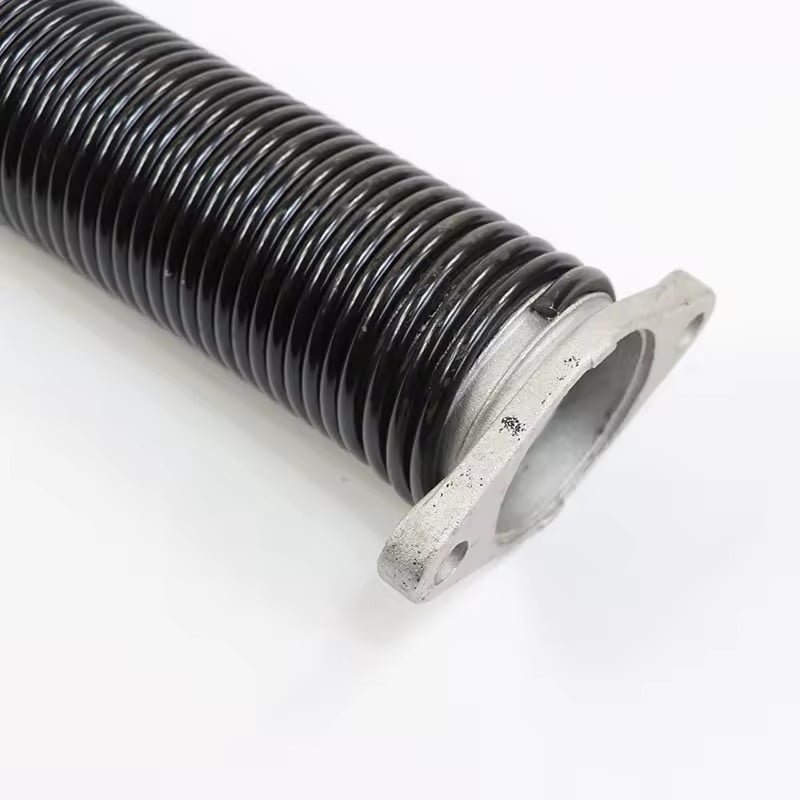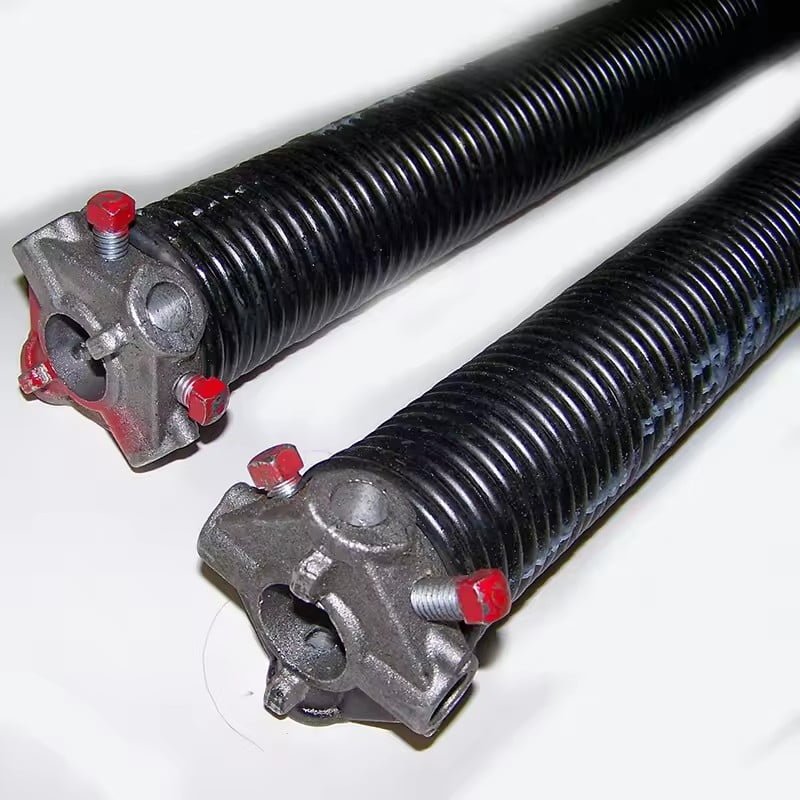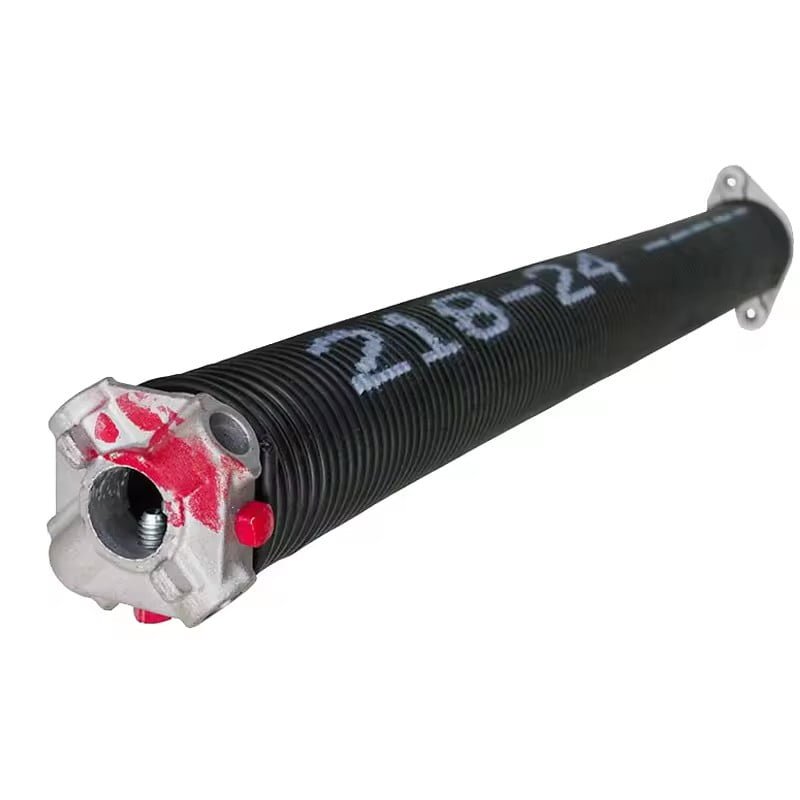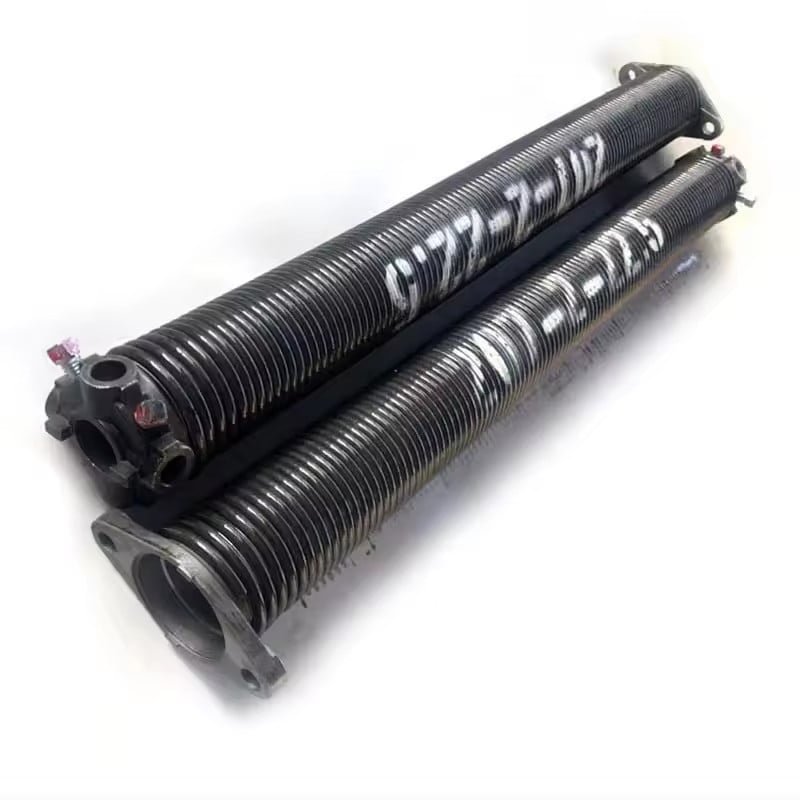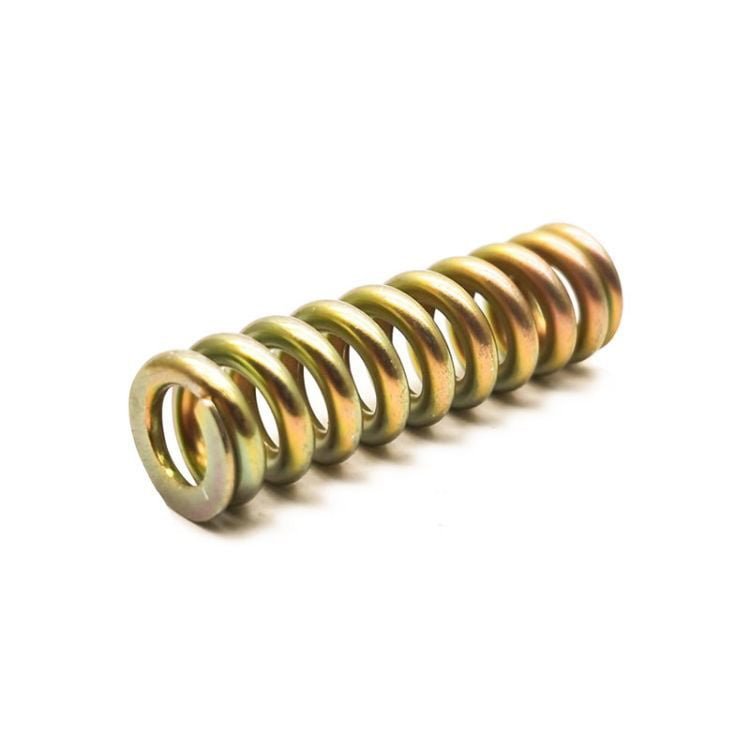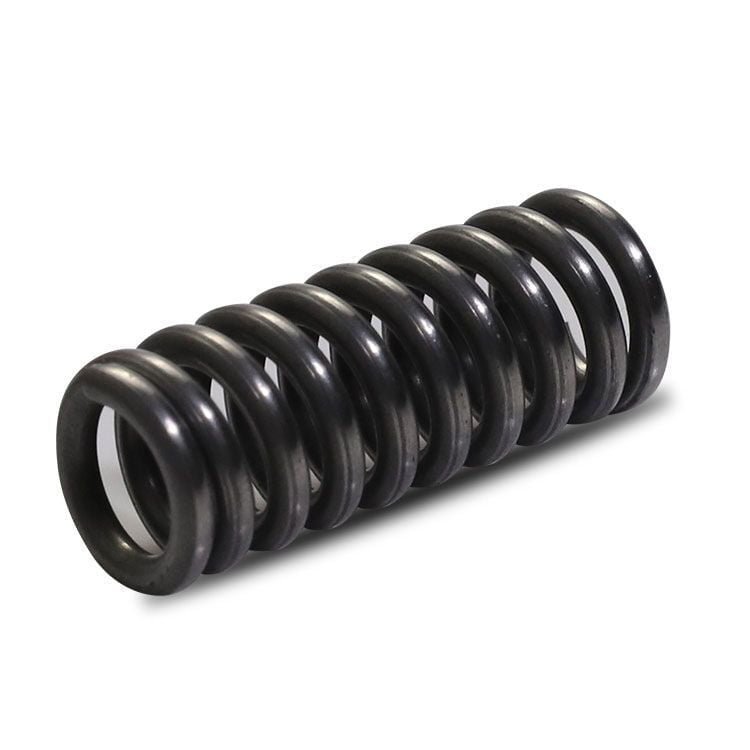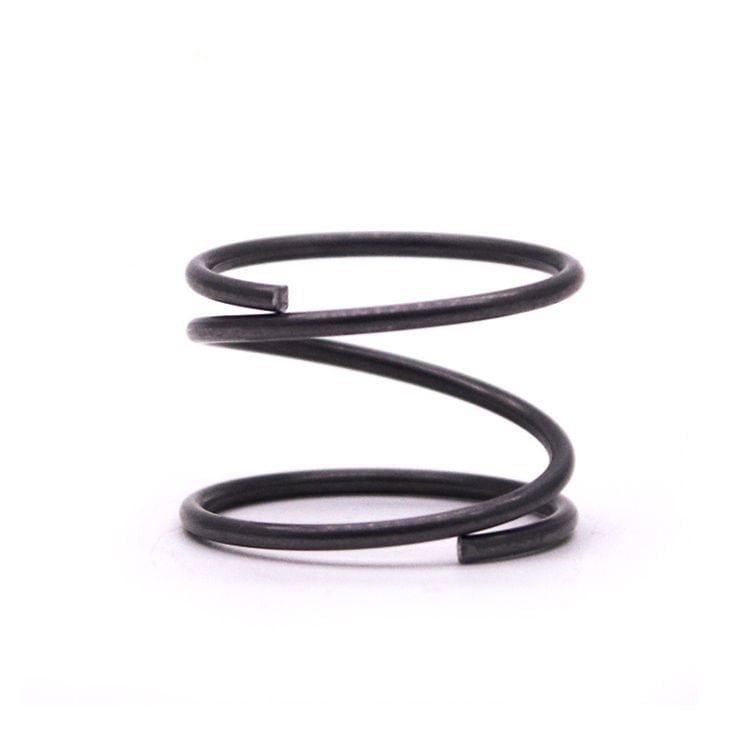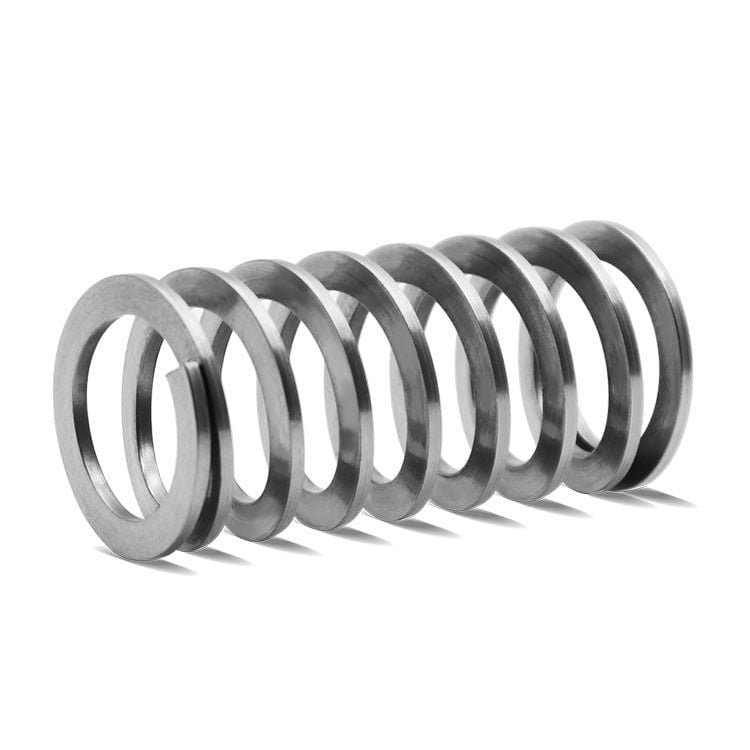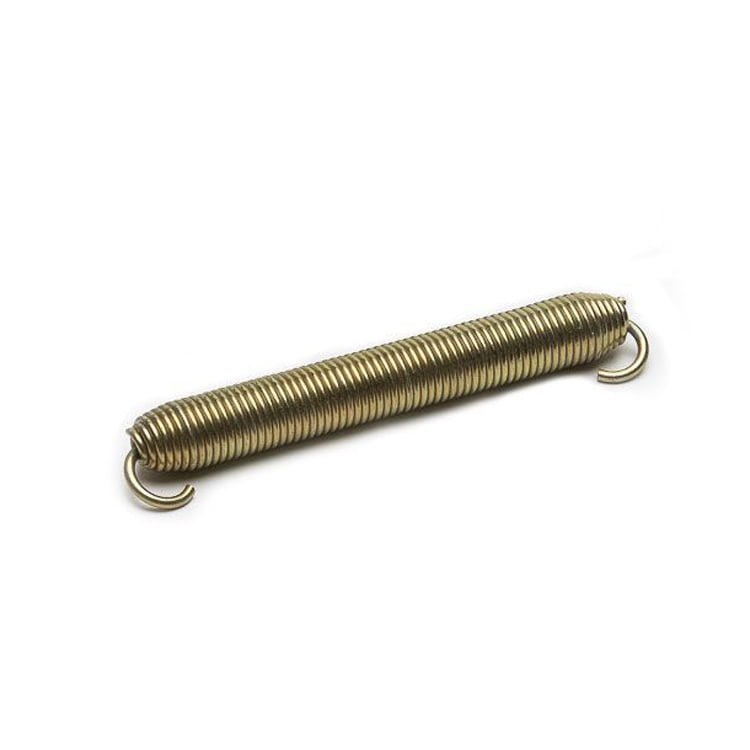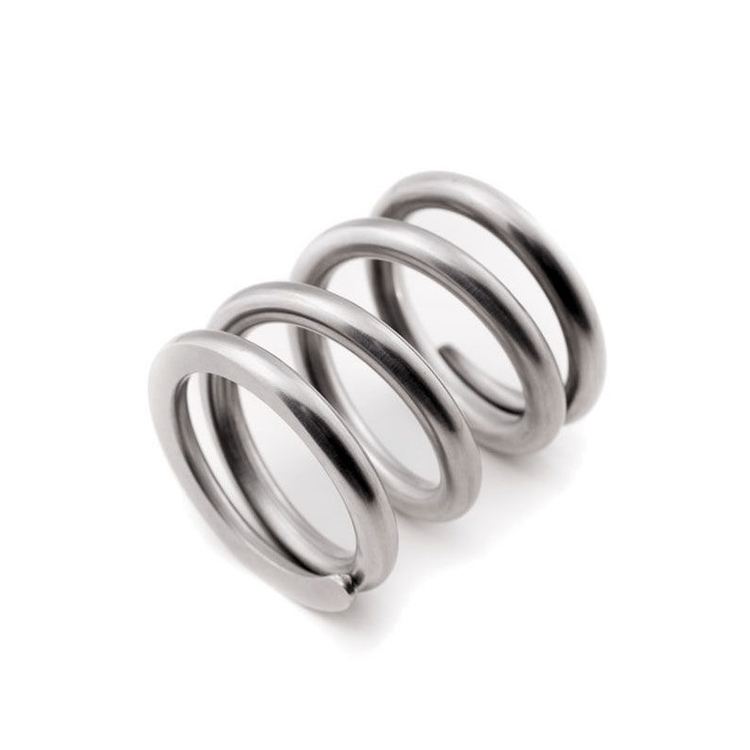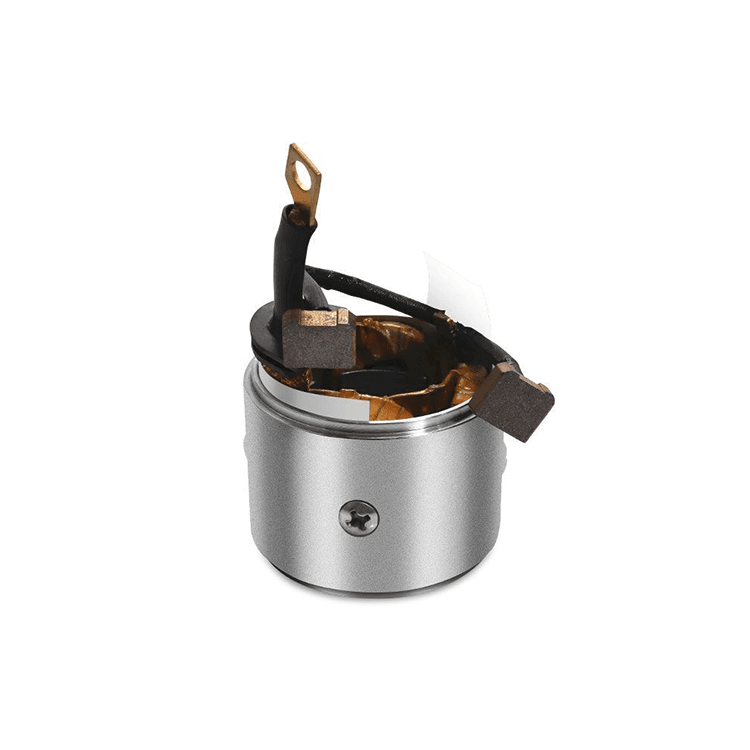Types of garage door springs
The types of garage door springs can be divided into three categories. Let’s take a look together below.
Torsion spring
This is a relatively common types of garage door springs. It stores and releases energy through torsion and is usually installed on both sides of the garage door shaft. The torsion spring is relatively stable during operation and can provide a relatively uniform pulling force. For example, small garage doors of some family residences often adopt this kind of spring.
Extension spring
The extension spring stores energy when it is stretched. In the garage door system, it can work in coordination with other components to help the garage door open and close smoothly. However, its carrying capacity may be slightly weaker compared to the torsion spring.
Torsion bar spring
This kind of spring is similar to the torsion spring, but differs in structure. It is usually installed at the top or bottom of the garage door and functions through the torsion of the bar. For instance, some large industrial garage doors may use torsion bar springs.
Leaf spring
It is composed of one or more metal plates and has good elasticity and carrying capacity. When the leaf spring is under pressure, it will be bent and deformed, thereby achieving the storage and release of energy.
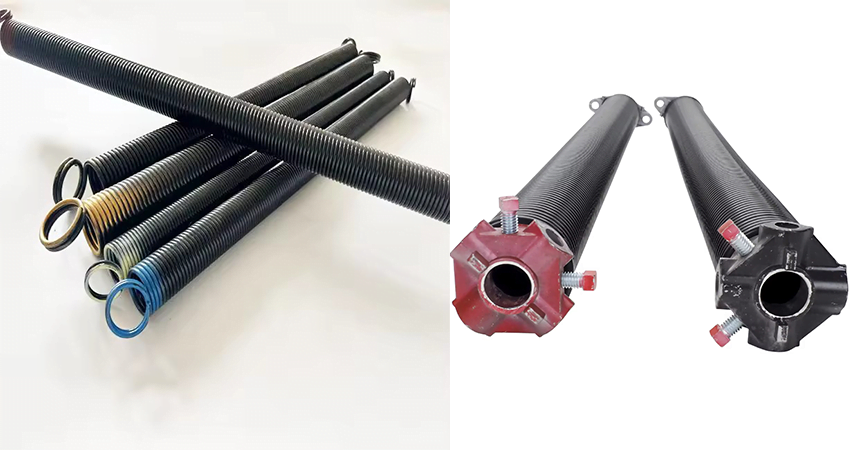
When choosing a garage door spring, it is necessary to consider the types of garage door springs, as well as the size, weight, frequency of use and personal budget of the garage door, so as to ensure that the spring can meet the normal operation needs of the garage door.
To determine what types of garage door springs you need, you can consider the following aspects:
1.The size of the garage door
- If the garage door is large, for example, with a width exceeding 3 meters and a height exceeding 2 meters, torsion springs or leaf springs with stronger carrying capacity may be needed to provide sufficient pulling force for smooth operation of the garage door. Large commercial garage doors usually choose this type of spring.
- For smaller garage doors, such as common household garage doors with smaller sizes, extension springs or torsion springs may be sufficient to meet the requirements.
2.The weight of the garage door
- Heavier garage doors, such as those made of thick materials, require stronger springs to overcome gravity and friction. At this time, torsion springs or leaf springs may be a better choice. For example, garage doors with insulation materials installed will be relatively heavy.
- Lighter garage doors have relatively lower requirements for the carrying capacity of the springs, and extension springs, etc. may be competent.
3.Usage frequency
- If the garage door is used frequently every day, you need to choose a types of garage door springs that is durable and can withstand frequent stretching and compression, such as a high-quality torsion spring. For example, the garage door of the logistics warehouse is used very frequently.
- For garage doors that are not used so frequently, the requirements for the durability of the springs are relatively lower, and some common spring types can also meet the needs.
4.Budget
- When the budget is sufficient, springs with better performance and longer lifespan, such as high-quality torsion springs or leaf springs, can be selected.
- When the budget is limited, it may be necessary to choose a relatively economical and practical spring type on the premise of meeting the basic needs, such as extension springs or torsion bar springs.
Above, there is a general understanding of the types of garage door springs and a certain judgment on how to choose the appropriate garage door. We need to choose different types of garage door springs according to our actual application scenarios. To ensure the accuracy and safety of the selection, it is recommended to consult professional garage door installation and maintenance personnel.
